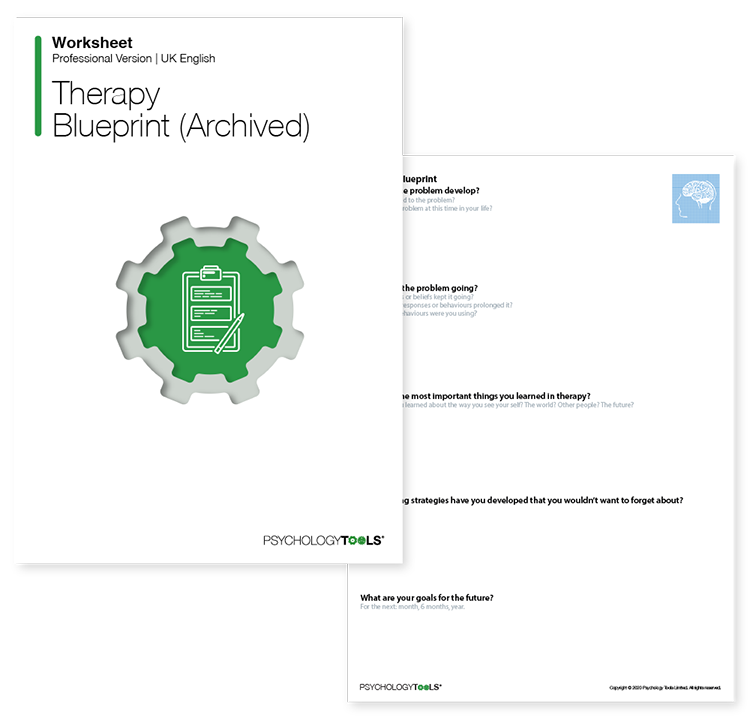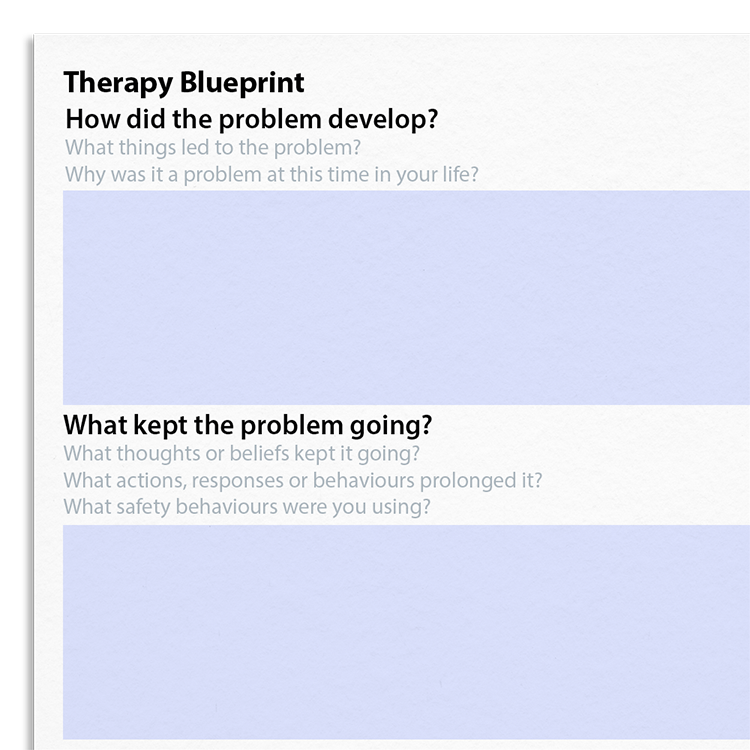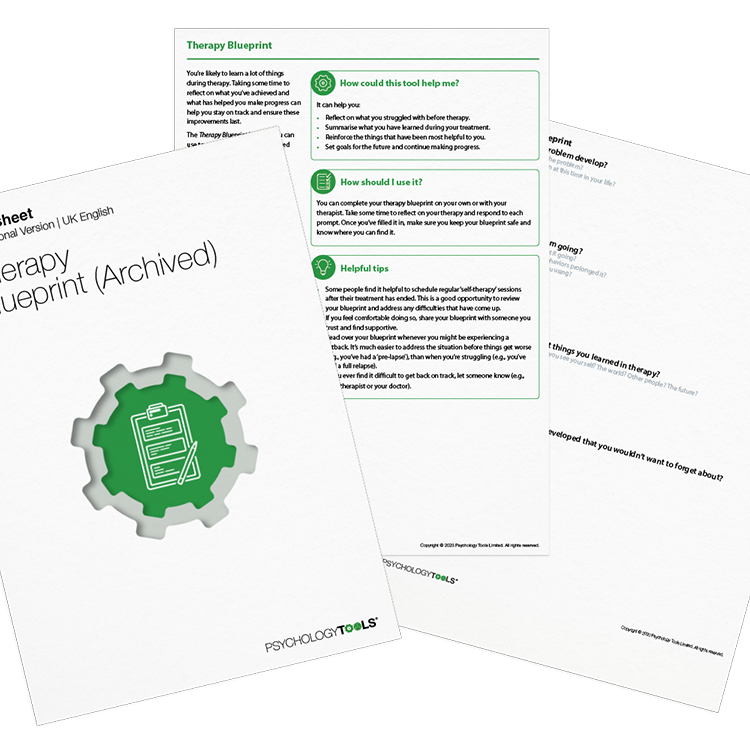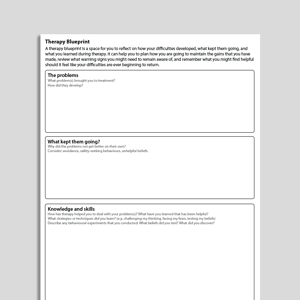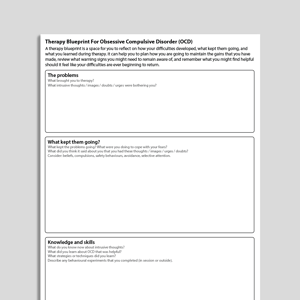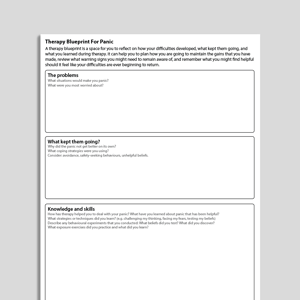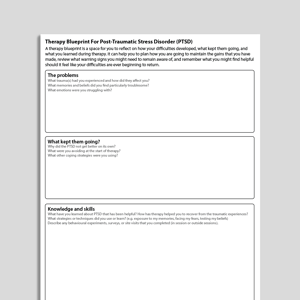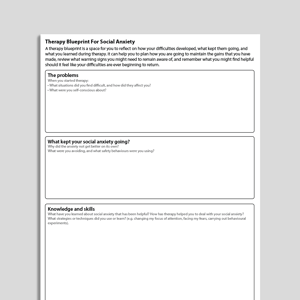Full resource pack (PDF)
Everything you could need: a PDF of the resource, therapist instructions, and description with theoretical context and references. Where appropriate, case examples and annotations are also included.
Client version
Includes client-friendly guidance. Downloads are in Fillable PDF format where appropriate.
Fillable version (PDF)
A fillable version of the resource. This can be edited and saved in Adobe Acrobat, or other PDF editing software.
Editable version (PPT)
An editable Microsoft PowerPoint version of the resource.
